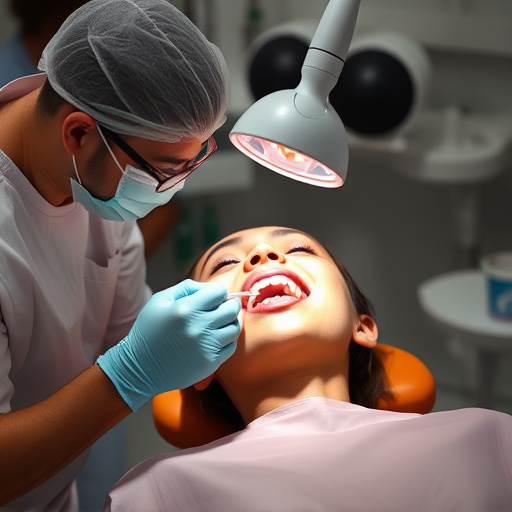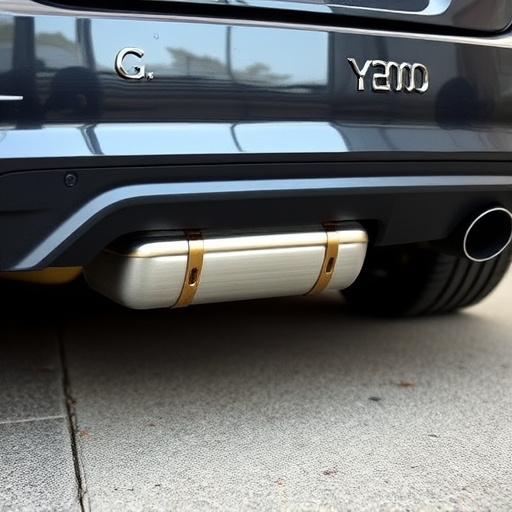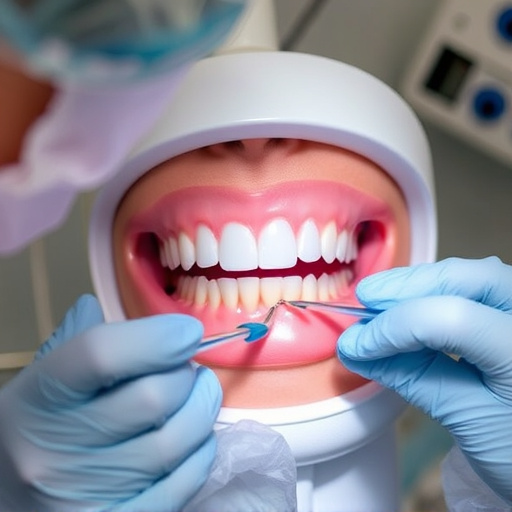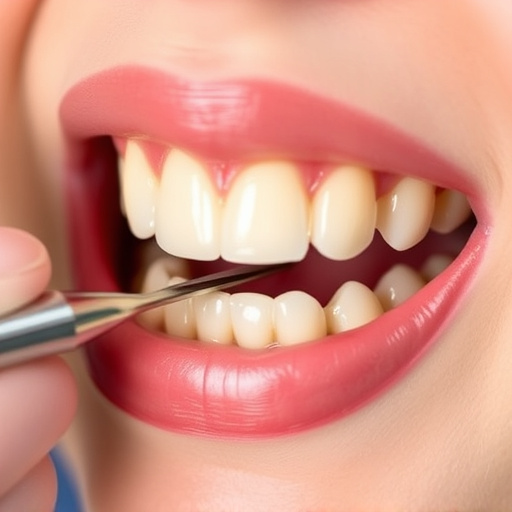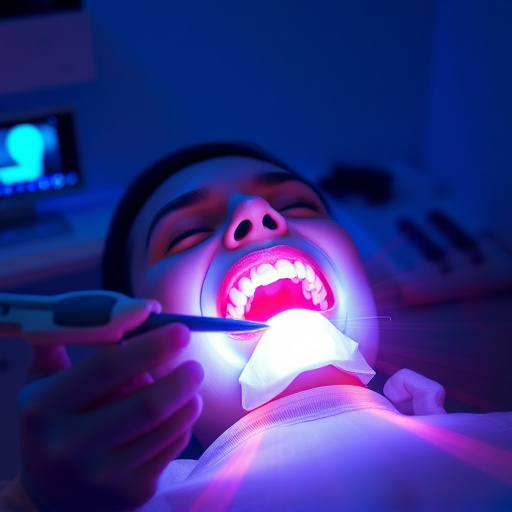Minimally invasive dentistry (MID) prioritizes tooth conservation through early decay detection and advanced, gentle techniques like topical fluoride applications, micro-restorations, and precision enamel removal tools. By avoiding extensive drilling and preservation of natural structure, MID enhances oral health, reduces future dental issues, and minimizes the need for complex, costly procedures or cosmetic treatments. This modern approach to dentistry improves patient comfort, efficiency, and long-term smile aesthetics.
“Dentists are now advocating for a shift towards minimally invasive dentistry as a way to combat early tooth decay. This approach prioritizes preserving healthy tooth structure while treating decay, offering numerous benefits. By catching decay in its initial stages, dentists can prevent extensive damage and pain. Modern techniques, such as laser dentistry and microscopic examination, enable more precise and gentle treatments. Read on to explore how this innovative approach transforms dental care.”
- Understanding Minimally Invasive Dental Treatments
- Benefits of Early Intervention for Tooth Decay
- Modern Techniques: Making Dentistry More Gentle
Understanding Minimally Invasive Dental Treatments

Minimally invasive dentistry (MID) is a modern approach that focuses on preserving as much natural tooth structure as possible while treating decay or damage. Unlike traditional restorative dentistry methods that often involve extensive drilling and removal of healthy enamel, MID aims to reduce the need for such aggressive procedures. This innovative technique prioritises preventive dentistry by encouraging regular check-ups and proper oral hygiene practices to stop decay in its early stages.
By utilising advanced tools and techniques, general dentistry professionals can detect subtle signs of decay early on and employ minimally invasive methods like micro-restorations or topical fluoride applications. These treatments not only halt the progression of cavities but also promote better oral health in the long term, reducing the likelihood of future dental issues.
Benefits of Early Intervention for Tooth Decay

Early intervention is key when it comes to tooth decay, and that’s where minimally invasive dentistry plays a pivotal role. By catching decay in its initial stages, dentists can prevent the need for extensive and more costly procedures later on. This approach focuses on repairing and revitalizing teeth rather than extracting or replacing them, aligning perfectly with the principles of minimally invasive dentistry.
Not only does early intervention save time and money in the long run, but it also preserves the natural structure and aesthetics of your smile. Rather than drilling and filling, dentists can use techniques like fluoride applications, sealants, and minimal restorative procedures to repair decay. This not only promotes better oral health but also ensures that you maintain a beautiful and functional smile, potentially reducing the need for future cosmetic dentistry or tooth repair treatments, including dental implants.
Modern Techniques: Making Dentistry More Gentle

Modern dentistry has witnessed a paradigm shift towards minimally invasive procedures, thanks to advancements in technology and a deeper understanding of oral health. This approach is particularly beneficial for managing early tooth decay, allowing dentists to preserve more of the natural tooth structure while effectively treating the condition. Techniques such as laser dentistry, air flow (air polishing), and micro-drilling enable dentists to remove affected enamel with greater precision, minimizing discomfort and reducing the need for extensive treatments like drilling and filling.
By adopting these modern techniques, family dentistry practices can offer more gentle and effective emergency dental care. For instance, laser dentistry can be used to clean and shape tooth surfaces, promote healing, and even reduce sensitivity without the same level of trauma associated with traditional methods. This not only improves patient comfort but also ensures that dental fillings are needed less frequently, preserving both time and natural tooth material.
In light of the above, it’s clear that dentists recommend minimizing dental intervention as much as possible, especially for early tooth decay. By adopting modern techniques that make dentistry more gentle, patients can benefit from reduced discomfort and faster recovery times. Early intervention not only preserves teeth but also promotes overall oral health. Embracing minimally invasive dentistry ensures a brighter, healthier smile for years to come.



